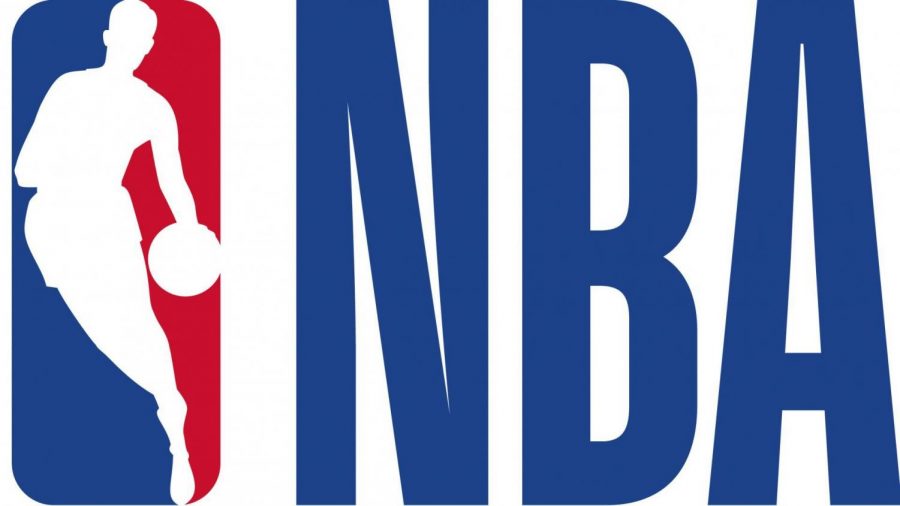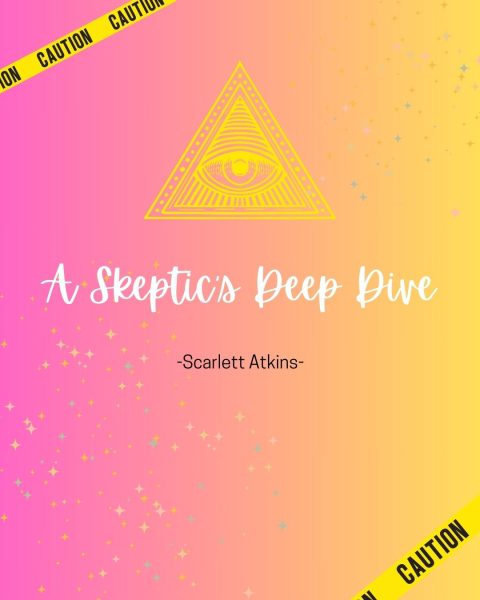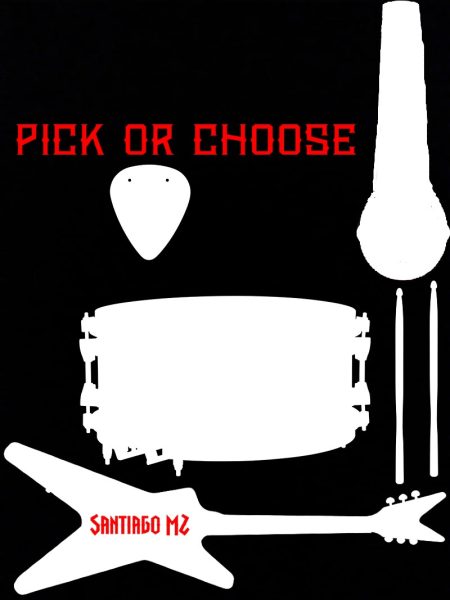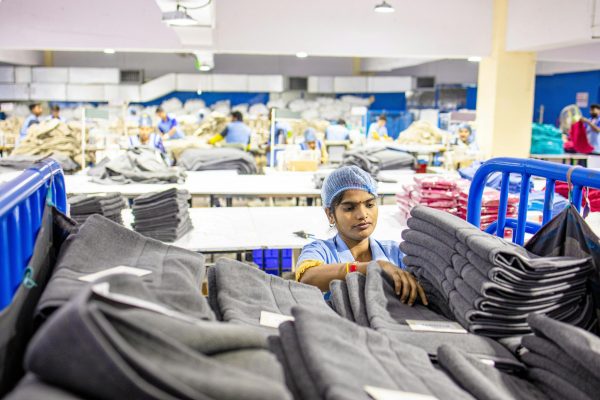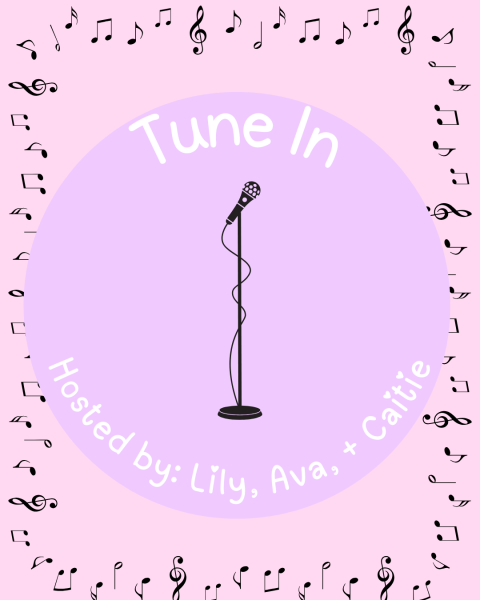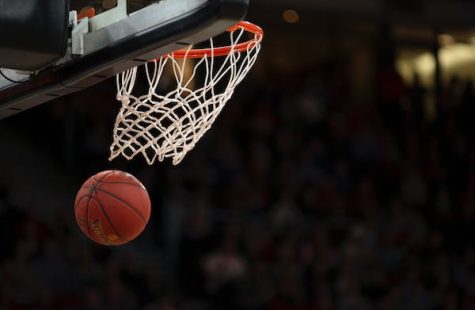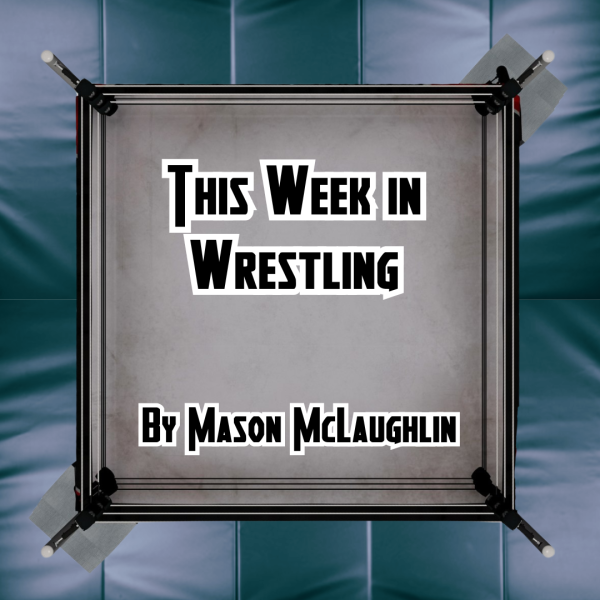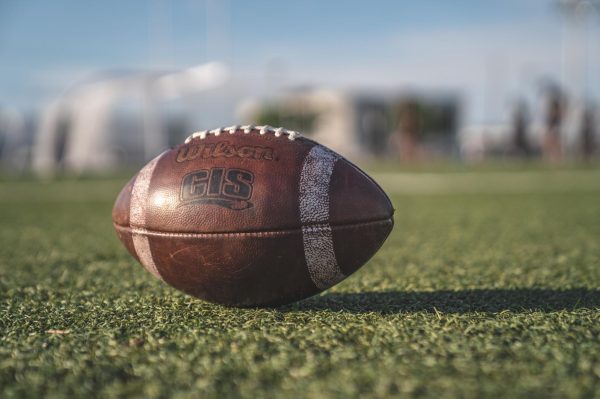Courtside Column- A look into the NBA’s “one and done” rule
The NBA proposed to the players union (NBAPA) to lower the minimum age required for eligibility from 19 to 18 years old.
A great debate has re-emerged in the basketball world: should the NBA allow players to be drafted after their senior year? This has emerged because the NBA proposed to the players union (NBAPA) to lower the minimum age required for eligibility from 19 to 18 years old. The current rule established in 2006 requires players to be at least 19 years old and one year removed from high school to be drafted.
This so-called “one and done” rule was created after an influx of players entered the NBA out of high school and their potential didn’t come to fruition once they began playing. Players like Kwame Brown, who was selected first overall in the 2001 NBA draft, were selected straight out of high school but failed in the NBA. Their failure was because they didn’t have the physical or mental strength needed to be successful in the NBA. This rule was created to force players to go to college or to another less competitive league for at least one year, so the players could develop and teams could get a better scouting report on the players to limit the number of draft “busts” or players who didn’t play up to their potential. Going to college for at least one year also allows players to develop as people. According to the NCAA, many former players claimed they gained time management skills and matured emotionally during their college years.
While these skills are important, this rule prevents NBA ready players from making the millions of dollars that they would be making if they were allowed to go to the NBA. All the first round picks from last years draft are making at least a million dollars, with the first pick, Deandre Ayton, making 8 million dollars this year. This isn’t including the millions that the top rookies make off of shoe deals and other endorsements once they commit to the NBA.
Many of the “one and done” athletes know they are going to make millions in a year, but like most college students, they have limited funds during their one year in college. This has created a market for outside payments by third parties looking to profit off of the players’ skill in the future. This is illegal under NCAA rules and was investigated by an independent FBI commission led by former secretary of state, Condoleezza Rice. After this investigation, it was suggested that the best action to combat this corruption would be to allow players to go to the NBA after high school. While the commission notes that the illegal activity would still exist, the since the risk of losing their scholarship is less significant for “one and done” players. If the rule is changed then fewer players will fall in this certain “one and done” section, so they expect the corruption to fall with it.
Another key issue with the “one and done” rule is the risk of a significant injury to a player while they are still in college. This would hurt their draft stock and in turn, the amount of money they will make in the future. A scare for one such player occurred recently as Zion Williamson, who is considered a generational NBA prospect, recently sprained his knee in a game against UNC. While this injury ended up being minor, it was another big spark in the fire that is the “one and done” debate as Zion is slated to make a lot of money next year as the unanimously projected number one pick in the NBA draft.
In the past, college has been a good place for players to get ready for the NBA causing a trade-off as it helped the majority of players develop. This isn’t the case anymore as Dan Gavitt, the NCAA senior vice president of basketball states, “There are more players that are better prepared physically — stronger, bigger, faster, better skills — and seem to have been developed over their young lives to be a little bit more prepared emotionally and mentally to be a professional athlete and to deal with what comes with that.”
This debate over the “one and done” rule is going to just intensify over the coming months as the NBA season winds down and the NBAPA begins discussing and negotiating the matter. One thing is for sure, there is no one right answer. Every person will have their own opinion on what is the right or wrong approach for the NBA. The two NCAA coaches who have had the most players “one and done” since 2010, Coach K of Duke University and Coach Calipari of the University of Kentucky, have opposing views even. Coach K believes the rule helps players grow while Calipari believes it should be up to the player to decide his future.
The “one and done” rule will be in place for a bit longer as the NBA has proposed the change to take effect in 2022 if approved by the NBAPA in order to give teams thorough scouting time. In the meantime, the NBA will unveil a special G League contract for elite prospects worth $125,000 for a five-month season. This is another route for athletes that will offer both pay and scout exposure while the rule change is under consideration.

